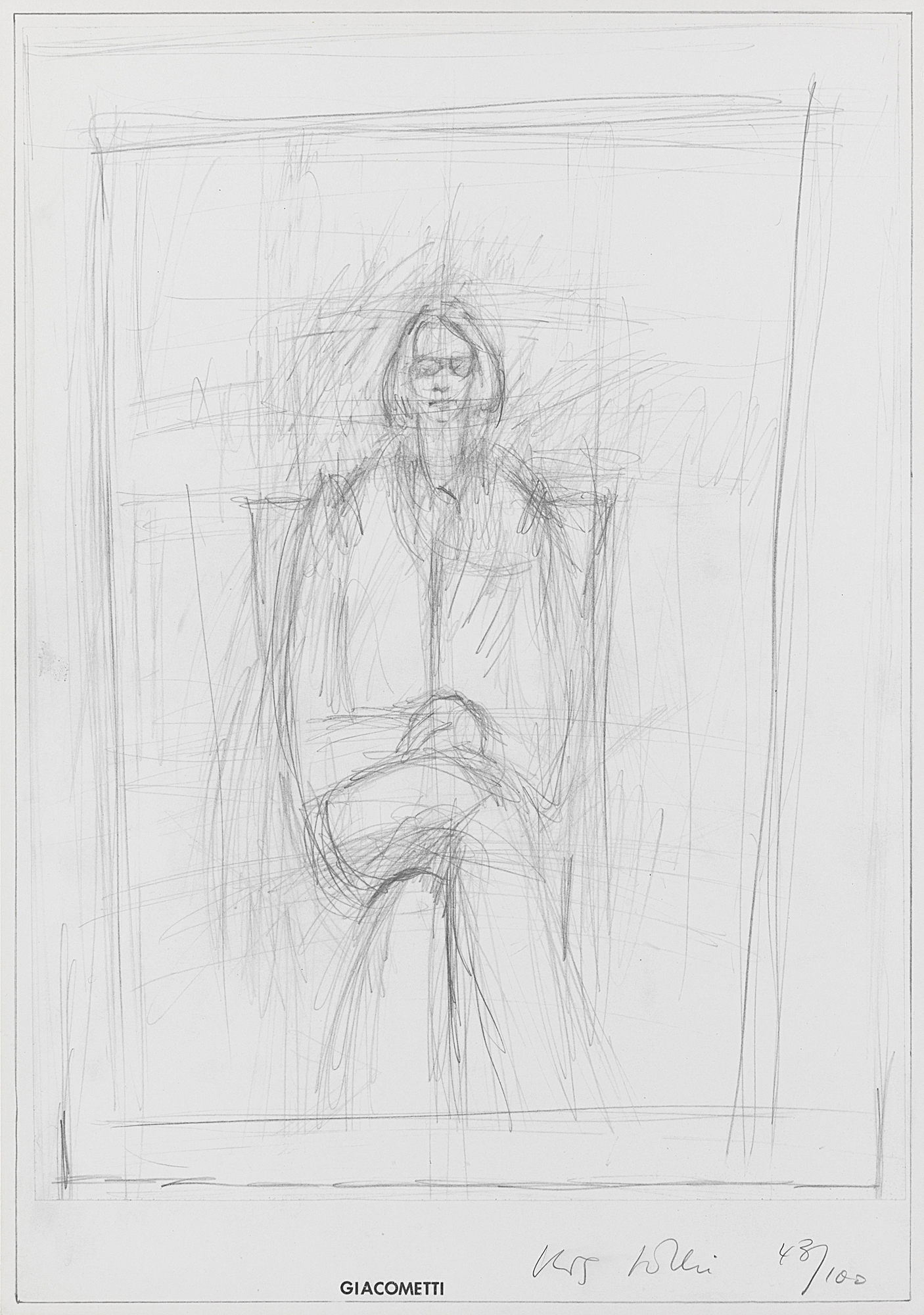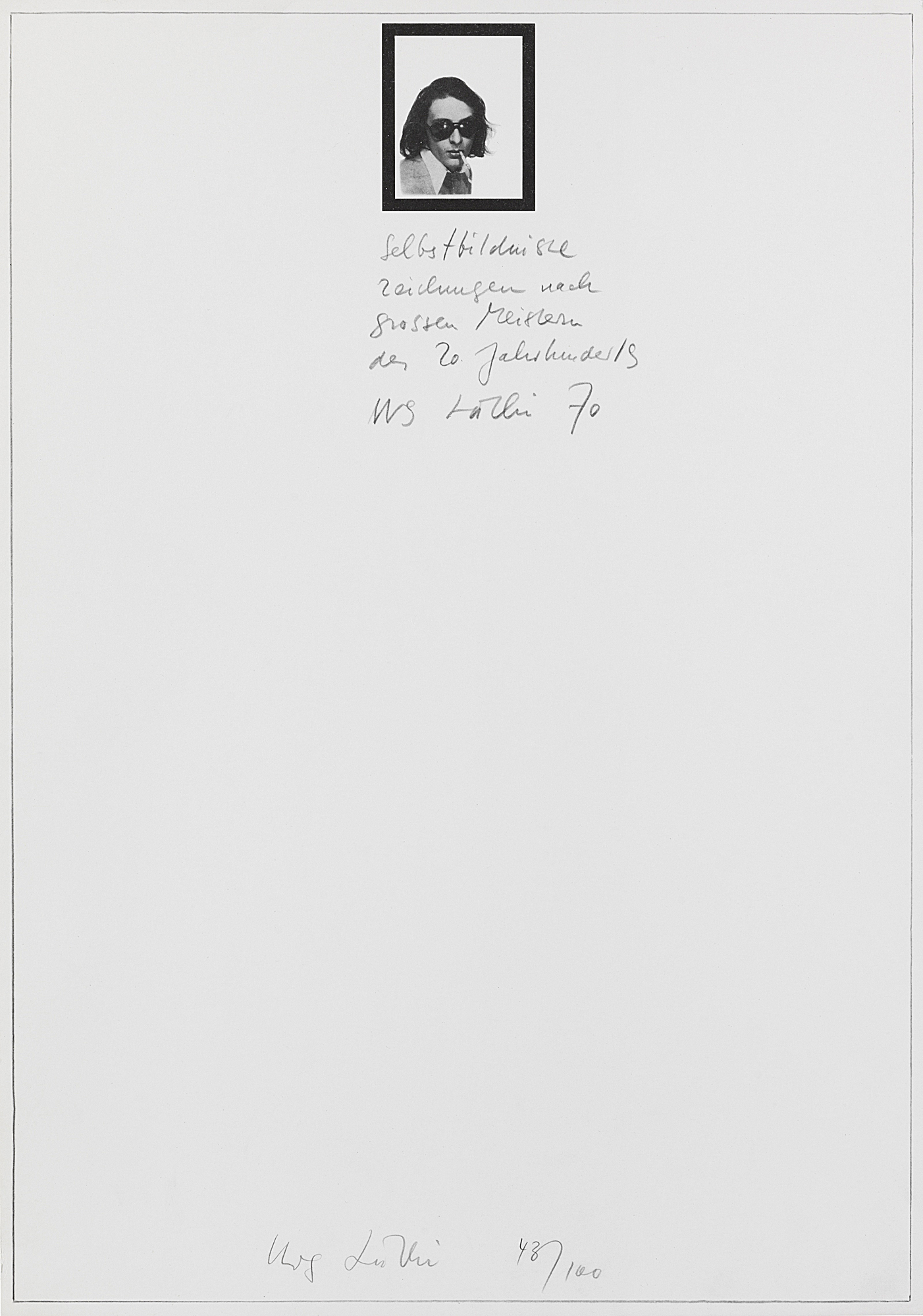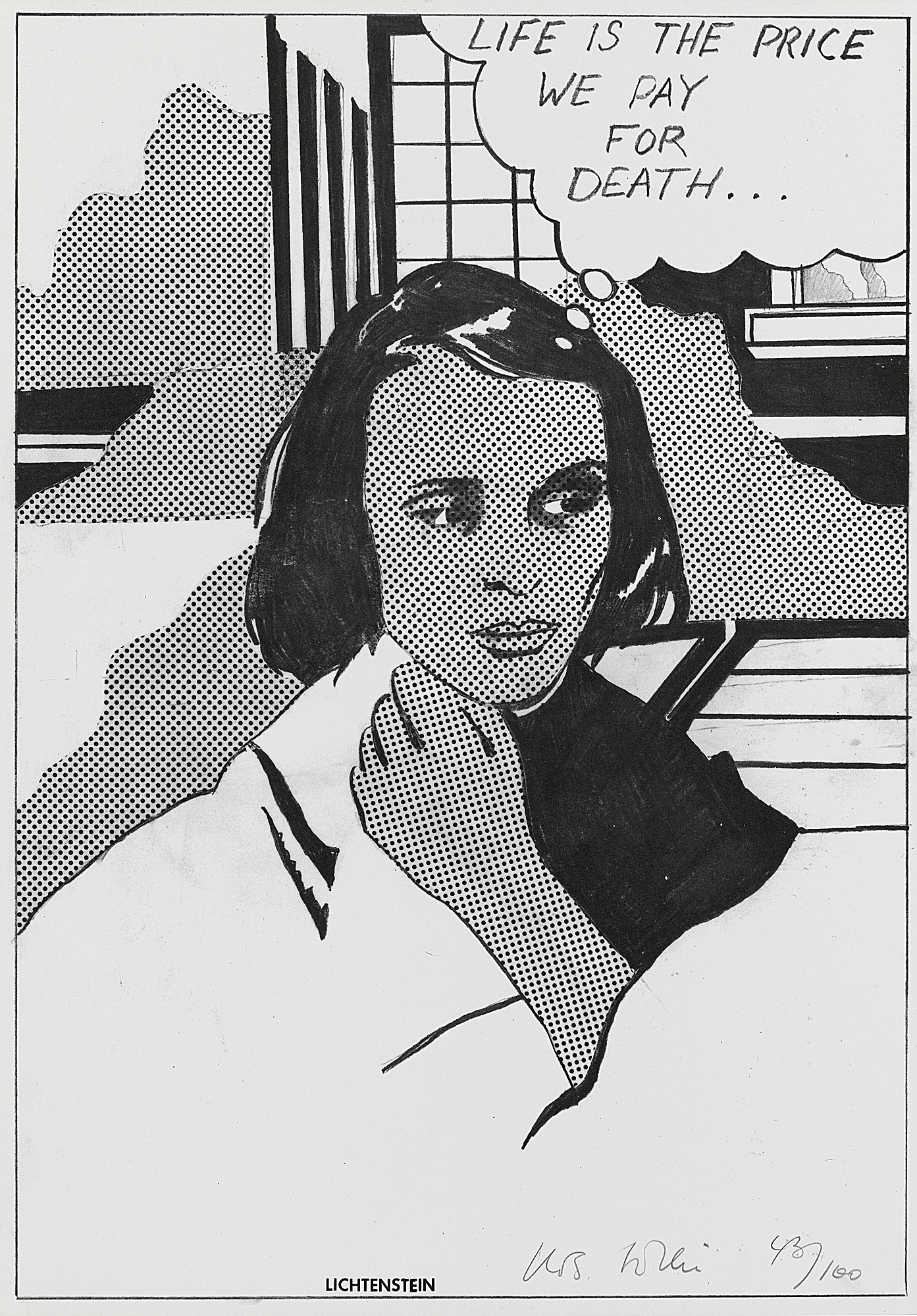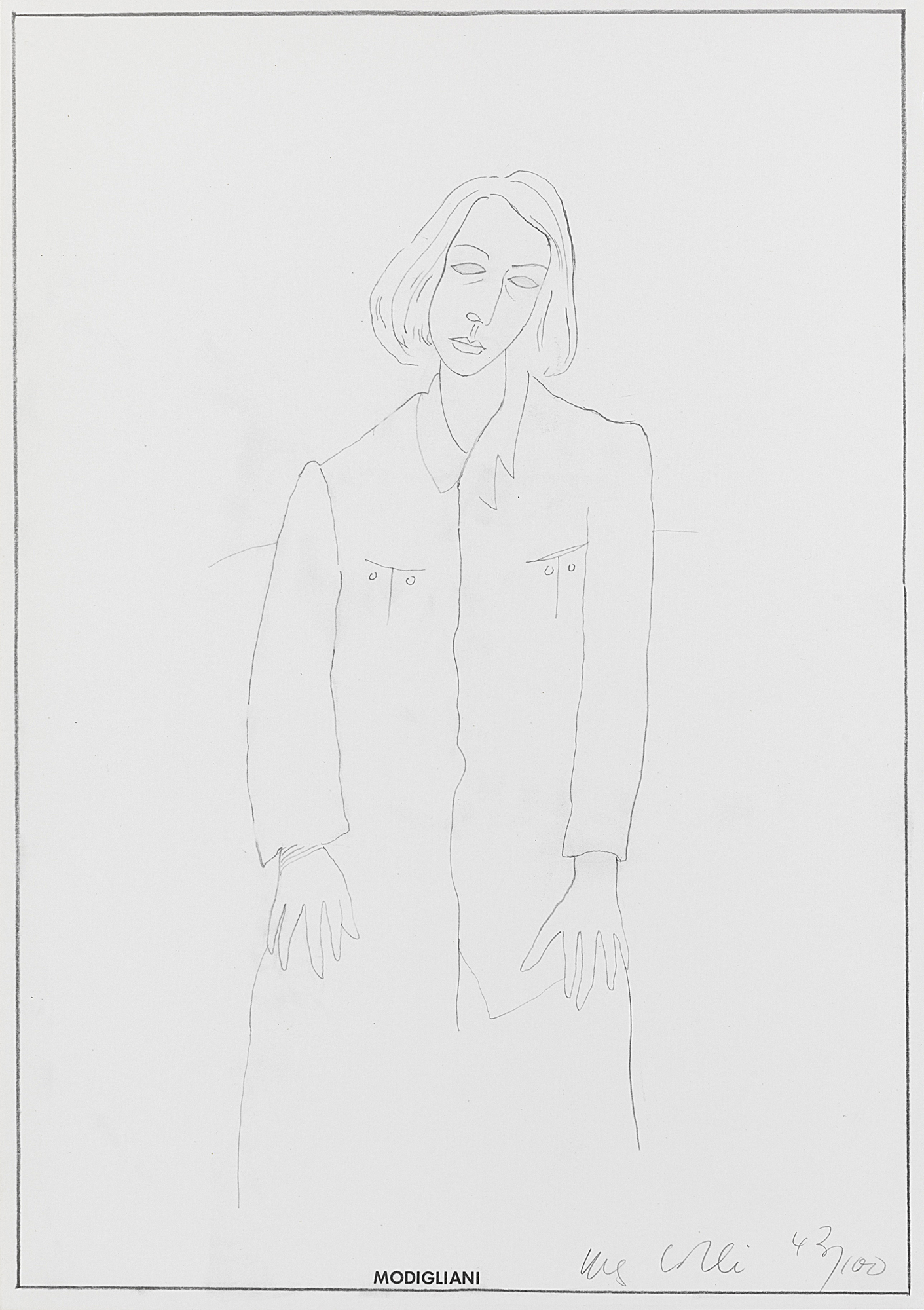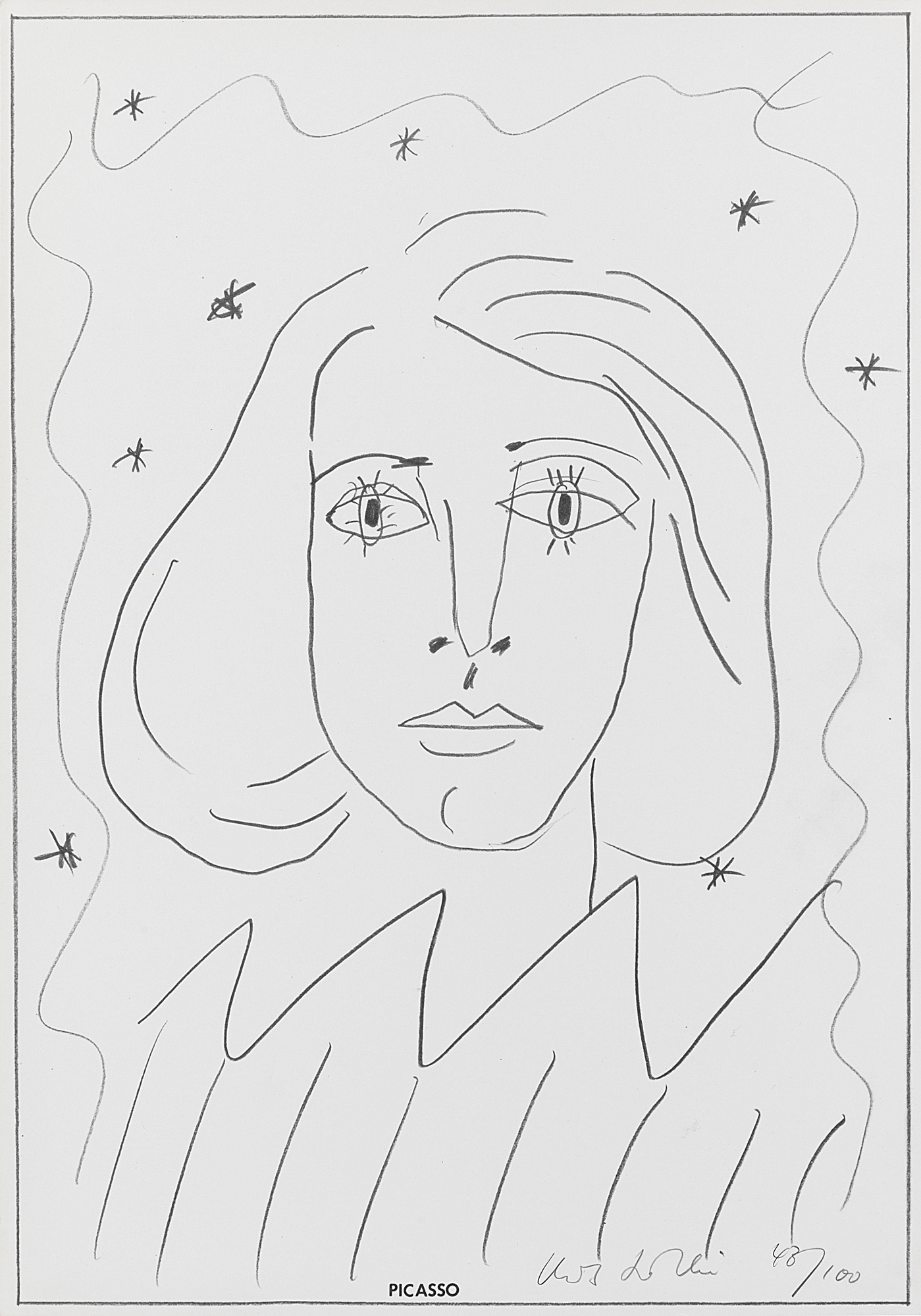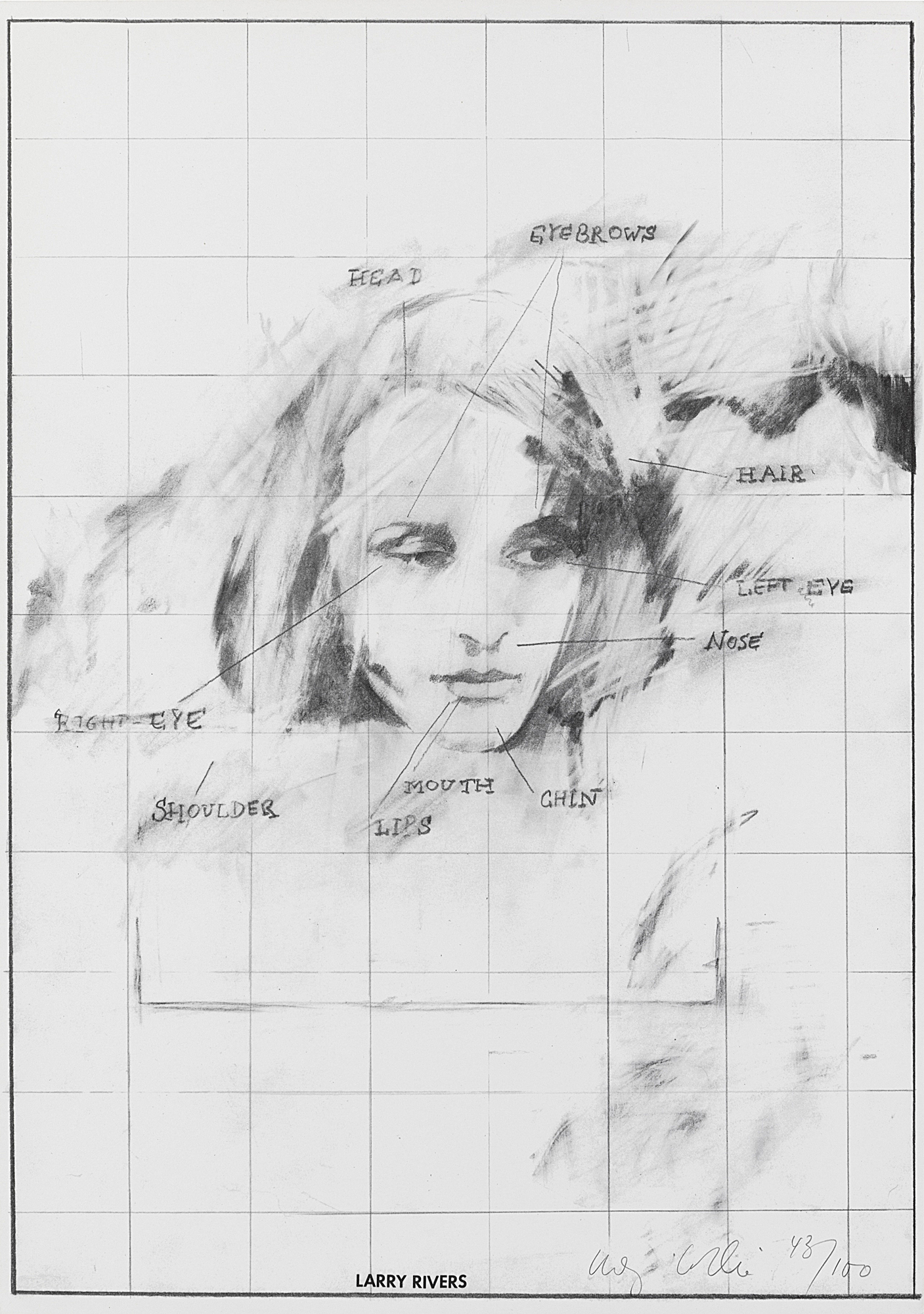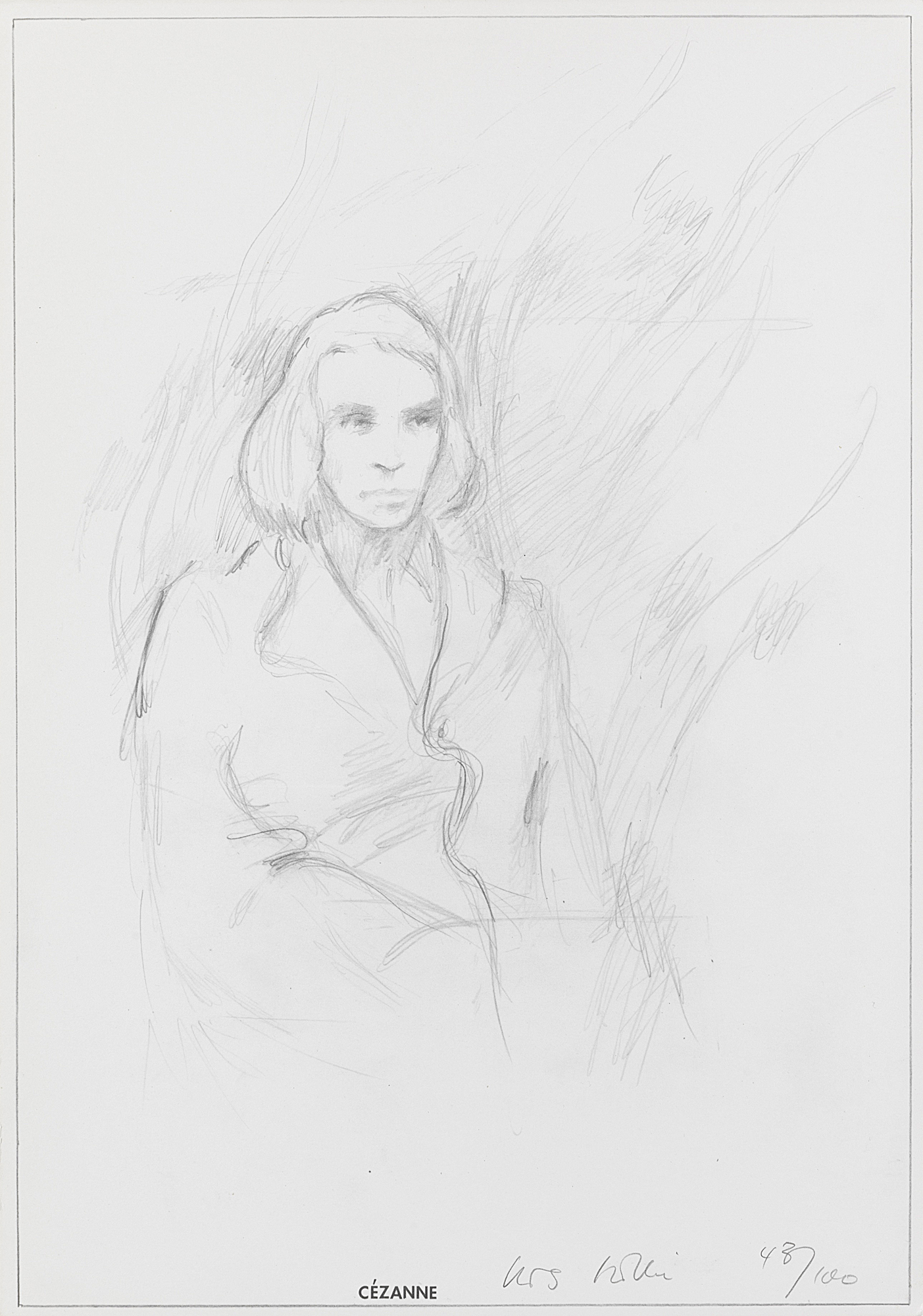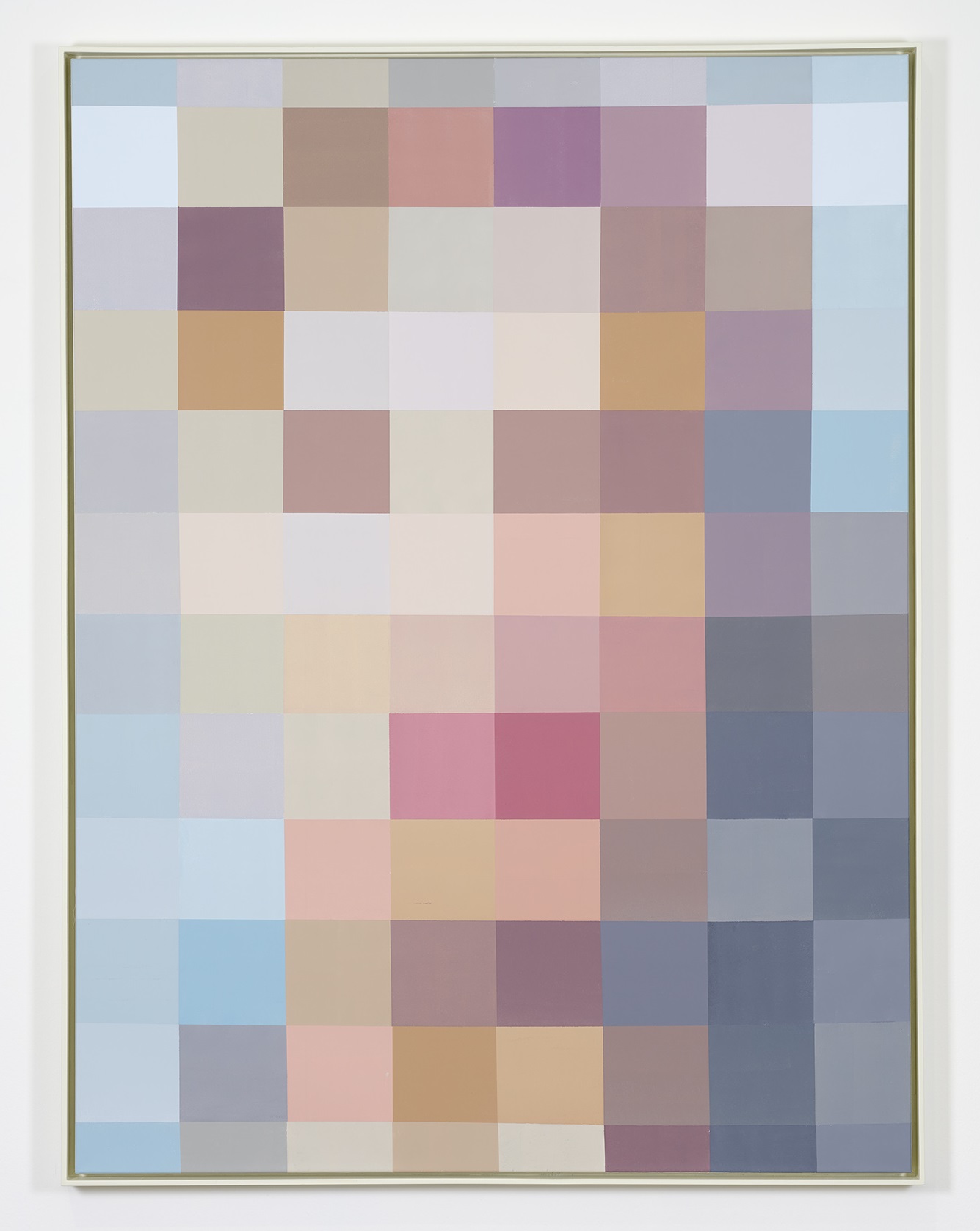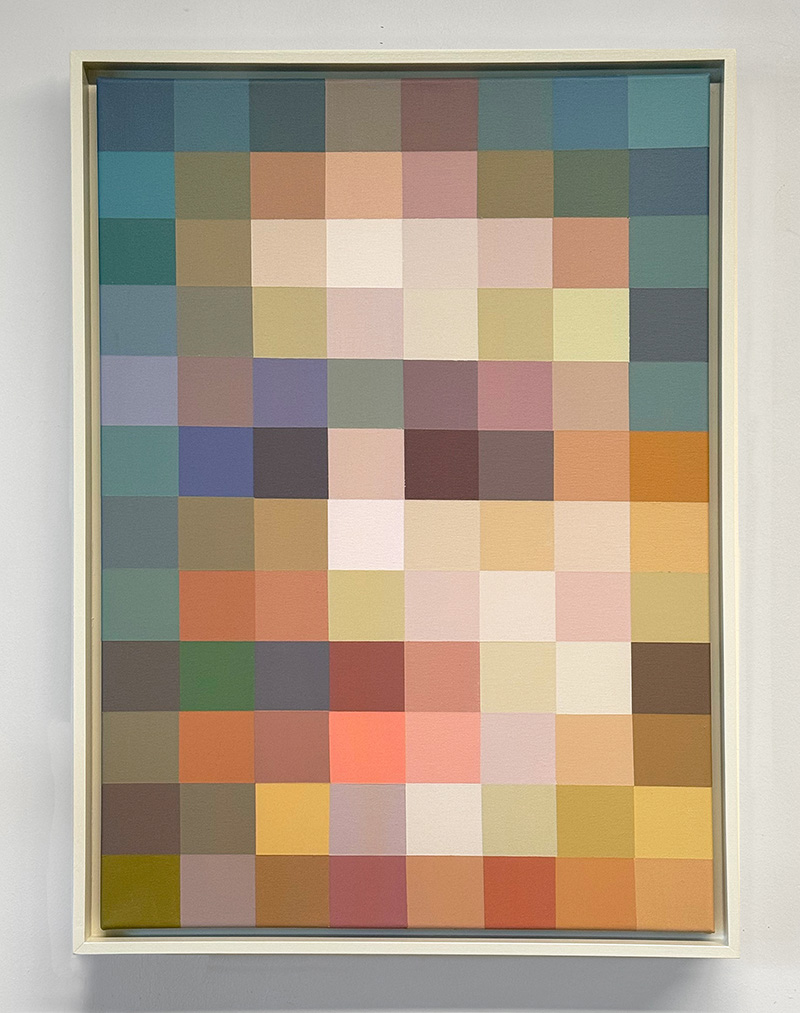“I shouldn’t […] be trusted", says Urs Lüthi, who has had a dazzling career since the 1970s. To observers who have followed his artistic journey over the past forty years, his statement is easy to understand, because this astounding artist’s approach is continually transforming.
Working in photography, painting, sculpture, silkscreen printing, installation, video and montage, Lüthi has proven to be a prolific artist who ceaselessly explores different plastic forms of expression. Trained at the Kunstgewerbeschule Zurich from 1963 to 1964, he worked as a graphic artist before presenting his first pictorial works and silkscreen prints during an exhibition at Galerie Beat Mäder in Bern in 1966.
Initially marked by references to Pop Art and to Zurich concrete painting, his works were quickly reoriented towards problems linked to the individual and to identity construction. The exhibitions that followed, including Transformer – Aspekte der Travestie in 1974, mainly show an interest in the human body as a form, volume and identity sign. In Lüthi’s work, the body is disguised, made-up and staged in the poses of young androgynous ephebes, cultivating a kind of sexual ambiguity, and becoming—as it does in Body Art practices—an aesthetic-search instrument. Nevertheless, Lüthi pushes the boundaries of Body Art through his unique way of handling the body as an image, one that “contrasts, trivialises, comments, situates, supports and connects with the self-portrait”.
Evoking techniques of the great masters of the 20th century (namely Cézanne, Modigliani, Picasso, Giacometti, Larry Rivers and Lichtenstein), the series The Urs Lüthis - Selbstportraits nach grossen Meistern des 20 (1970) reveals a game with multiple points of view. Varied each time according to different stylistic standards, the representation of the self becomes dependent upon a deliberately embraced choice. In this way, The Urs Lüthis harks back to the postmodern movement, inviting the viewer to consider the world in light of its multiplicity and versatility.
In the 1990s, Lüthi became a visual arts teacher in the Kunsthochschule at the University of Kassel, and gave up painting in favour of sculpture. He continued to probe the various strata of human identity through the filter of irony and a true sense of the laughable well into the 2000s, when he turned to installation and video. The selection of his works presented by the Swiss Pavilion at the 2001 Venice Biennale placed particular emphasis on his sense of the ridiculous, highlighting the contrast between the beauty of his youthful figure and the reality of an artist’s mature body, paunchy and marked by time. These late works express the perspective of an “aesthete”—as Lüthi Urs likes to define himself—sometimes inclined to pursue his search for beauty in trivial, even repulsive things.
Working in photography, painting, sculpture, silkscreen printing, installation, video and montage, Lüthi has proven to be a prolific artist who ceaselessly explores different plastic forms of expression. Trained at the Kunstgewerbeschule Zurich from 1963 to 1964, he worked as a graphic artist before presenting his first pictorial works and silkscreen prints during an exhibition at Galerie Beat Mäder in Bern in 1966.
Initially marked by references to Pop Art and to Zurich concrete painting, his works were quickly reoriented towards problems linked to the individual and to identity construction. The exhibitions that followed, including Transformer – Aspekte der Travestie in 1974, mainly show an interest in the human body as a form, volume and identity sign. In Lüthi’s work, the body is disguised, made-up and staged in the poses of young androgynous ephebes, cultivating a kind of sexual ambiguity, and becoming—as it does in Body Art practices—an aesthetic-search instrument. Nevertheless, Lüthi pushes the boundaries of Body Art through his unique way of handling the body as an image, one that “contrasts, trivialises, comments, situates, supports and connects with the self-portrait”.
Evoking techniques of the great masters of the 20th century (namely Cézanne, Modigliani, Picasso, Giacometti, Larry Rivers and Lichtenstein), the series The Urs Lüthis - Selbstportraits nach grossen Meistern des 20 (1970) reveals a game with multiple points of view. Varied each time according to different stylistic standards, the representation of the self becomes dependent upon a deliberately embraced choice. In this way, The Urs Lüthis harks back to the postmodern movement, inviting the viewer to consider the world in light of its multiplicity and versatility.
In the 1990s, Lüthi became a visual arts teacher in the Kunsthochschule at the University of Kassel, and gave up painting in favour of sculpture. He continued to probe the various strata of human identity through the filter of irony and a true sense of the laughable well into the 2000s, when he turned to installation and video. The selection of his works presented by the Swiss Pavilion at the 2001 Venice Biennale placed particular emphasis on his sense of the ridiculous, highlighting the contrast between the beauty of his youthful figure and the reality of an artist’s mature body, paunchy and marked by time. These late works express the perspective of an “aesthete”—as Lüthi Urs likes to define himself—sometimes inclined to pursue his search for beauty in trivial, even repulsive things.
